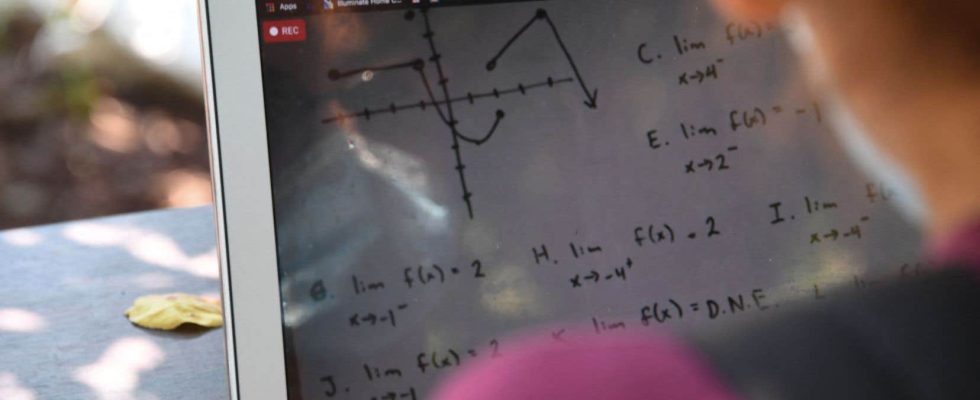Since the emergence of Dall-E 3 and ChatGPT, the evolution in image and natural language processing is remarkable. The media dominance of these technologies has led many to equate artificial intelligence (AI) with generative models; some already consider that these approaches are reaching their limits.
Statistical approaches, including deep learning and generative AI, are unsuitable for mathematics. Experts in this type of AI recognize that these techniques lack control. The problem is not so much ethical or security issues, but rather uncertainty regarding the validity of the knowledge produced. Additionally, statistical AI lacks reasoning ability.
Mathematics has historically moved from numerical to symbolic approaches. Only symbolic AI can guarantee the preservation of truth value. If statistical approaches remain useful for certain aspects of mathematical work, it is necessarily in complementarity with symbolic AI and, of course, with human intelligence.
Towards hybrid approaches
Last January, Nature reported that the AlphaGeometry system could solve international Olympiad geometry problems by combining symbolic and statistical approaches. How can you not be amazed by such a feat! Despite its imperfections, it cleverly generated an impressive amount of properties (100 million) in order to perform symbolic deductions to solve the problems.
The challenge of symbolically processing such a large number evokes the problem of combinatorial explosion that statistical AI could blame on symbolic AI. Here we find ourselves in a situation where the snake is biting its own tail.
Use and design
Mathematical work instrumented by tools still raises unresolved epistemological questions. The problem for schools is that they cannot draw inspiration from what mathematicians do. She is forced to find her way and deal with students who are immersed in visualization and digital artifacts. However, new technologies are often developed for industry. The resulting challenge firstly concerns the design of learning situations using existing technologies. We leave it to human intelligence to adapt to new situations, to understand and resolve difficulties.
If we are looking for AI suitable for teaching mathematics, models of understanding and reasoning are necessary. It must be designed by integrating users very early in the design process, then avoid the bias of generative AI and its learning on culturally foreign data.
We must therefore consider hybrid AIs developed by Quebec experts.
Disinterest of our institutions
Mathematics teaching has been on the rise for decades and Quebec students systematically stand out internationally. In addition, the links between mathematics teaching and artificial intelligence have been well known for more than thirty years. Yet the Social Sciences and Humanities Research Council of Canada does not offer grants for AI projects related to mathematics education. The Quebec Research Fund, Society and Culture, with its research chairs, does not seem ready to finance mathematics teaching.
Added to this is another problem. Institutions like Mila Quebec and the Quebec Ministry of Education have little interest in it. Although we recognize the excellence of Mila Québec’s work, her orientation is industry-focused. Likewise, the Ministry of Education’s AI center of expertise focuses on administrative data, thus neglecting those who work on the front lines of teaching or research.
Higher mission
When he was Minister of Education in France, Gabriel Attal expressed the desire to integrate AI into schools. Its announcement in December 2023 concerning the MIA Secondary software, specially designed for the French context, marked a first step in this direction. In Quebec, few similar initiatives have been taken, nor by the Ministry of Higher Education.
With the current discussions around Bill 44 aimed at placing Research Funds under the supervision of the Ministry of the Economy, the cultural heritage of mathematics teaching will be neglected amid the whirlwind of priorities. Unless we want to create AI labs in a collaborative way, integrating not only computer scientists into the decision-making process, but also the culture of mathematics education, where AI has long been an essential component.
